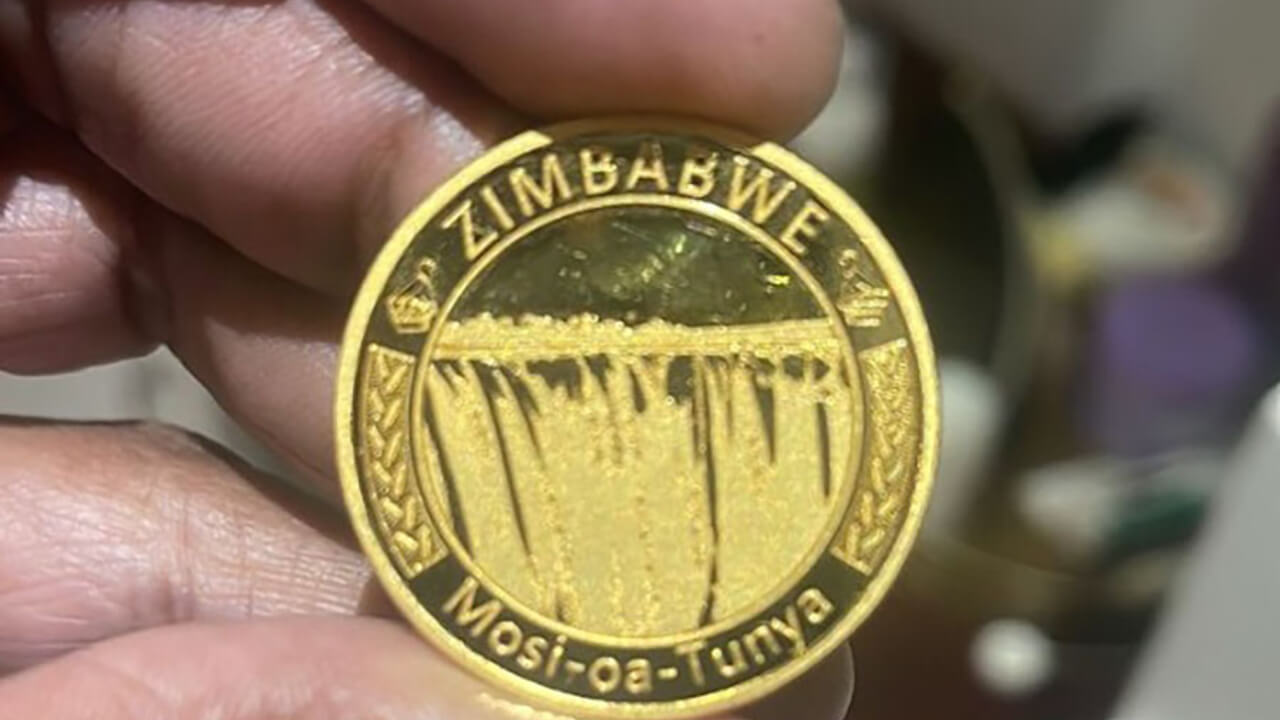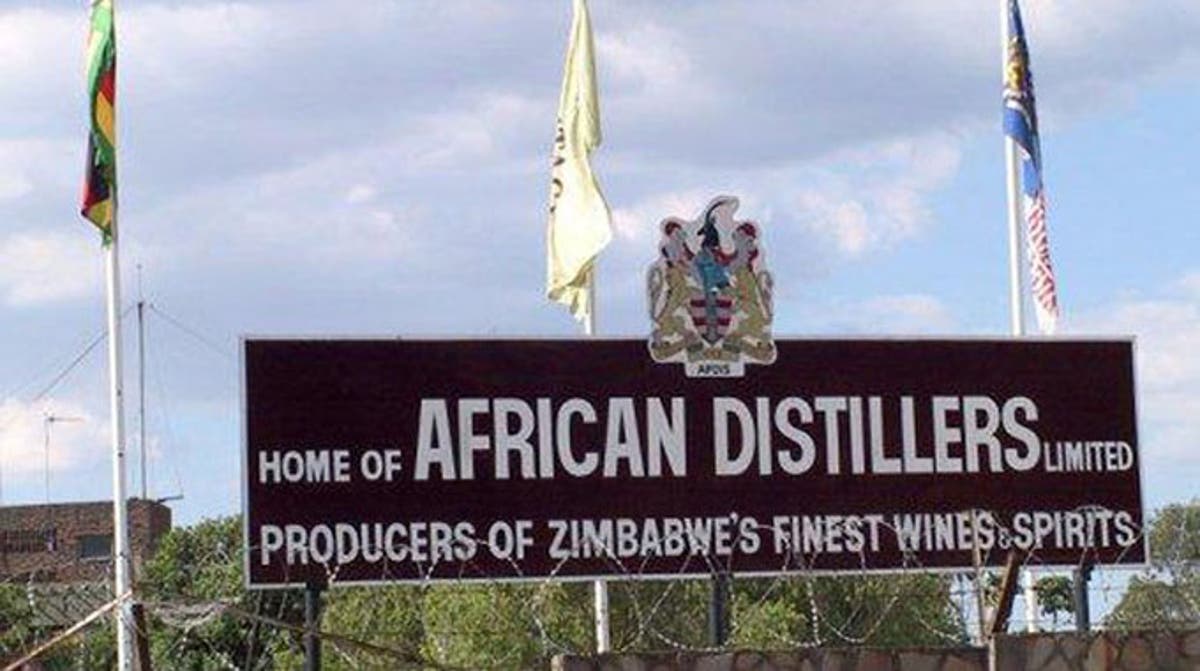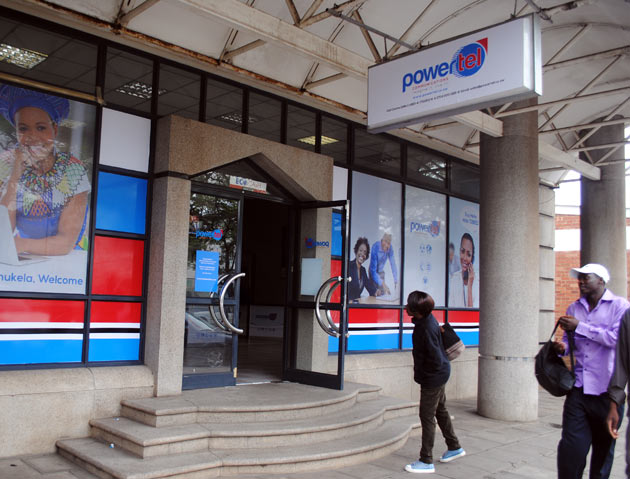No more need for load shedding, says Zesa
IN a huge breakthrough for the Second Republic led by President Mnangagwa the power utility, Zesa, says the country no longer needs a load-shedding schedule as it is now able to produce enough electricity from its power plants with minimal imports to meet demand by domestic and industrial consumers.
The successful implementation and completion of Hwange Thermal Power Station Units 7 and 8 expansion projects, which are now undergoing the final synchronisation phase, coupled with the establishment of solar parks by Independent Power Producers (IPPs) and improved output from Kariba Hydro-Power Station, has recently pushed total domestic generation capacity above 1 500MW on average when compared to less than 600MW in March this year.
Zesa
The improved power generation capacity has drastically reduced load-shedding across the country and excited the productive sector, which is now able to plan operational schedules and guarantee smooth industry outcomes.
Yesterday, the Zimbabwe Power Company (ZPC) in its daily update indicated that total power generated stood at 1 443MW with Kariba producing 875MW, Hwange adding 535MW, and Harare and Munyati thermal power stations contributing 21MW and 12MW respectively.
The Hwange Thermal Power Station
In line with its infrastructure and utilities priority projects, the Second Republic has committed a lot of resources towards increasing power generation hence the benefit now being enjoyed by industry and domestic consumers. Captains of industry and commerce believe the improved electricity supply in the country is a key deliverable for economic growth as it will boost production, increase capacity utilisation and reduce production costs. Due to load shedding several businesses had opted for expensive diesel generators and those who did not would incur long hours of no production.
In a recent interview in Bulawayo, Zimbabwe Energy Transmission and Distribution Company (ZETDC) acting managing director, Engineer Howard Choga, said given the milestone improvement in power generation and supply, there is no need for a load-shedding schedule.
Kariba Hydro Power Station
“You will notice that in the past two to three weeks, we have not been shedding at all, therefore, under those circumstances, there will be no need to have a load-shedding schedule,” he said.
“Our projection is that we are not going to be shedding going forward, at least in the medium term,” said Eng Choga, adding. “If we are not shedding it means we are getting enough for the consumers.”
On imports, Eng Choga said: “At the moment we are getting 100 megawatts from South Africa, and from Mozambique, we have two sources that is Hidroeléctrica de Cahora Bassa (HCB) of Mozambique, which is giving us 50MW and EDM 10MW. That’s enough for the demand in the country”.
With improved power generation, the business community has started feeling the positive impact expressing hope that the situation will continue to stabilise, thereby guaranteeing enhanced production and supply of goods. This is a significant departure from the acute power shortages experienced in the past years, which have crippled production across various sectors of the economy while the use of generators as an alternative source of energy was said to be costly and not sustainable.
Last week, Energy and Power Development Permanent Secretary, Dr Gloria Magombo, said the coming in of Units 7 and 8 in Hwange, which are undergoing technical commissioning ahead of commercialisation, have greatly improved the power situation. Built at a cost of about US$1,5 billion, the Hwange Thermal Power Station Unit 7 and 8 expansions, is one of the Second Republic’s signature projects aimed at boosting power generation.
Zimbabwe Power Company (ZPC)
Unit 7 and 8 will provide a combined 600MW to about 1 500MW being produced from major thermal and hydro projects. It is one of the flagship projects being implemented under the Second Republic in line with Vision 2030, which aims to transform Zimbabwe into an upper-middle-income economy.
The country’s economy is on a rebound due to various policies initiated by the Government that have seen growth in the mining and agricultural sectors.
Several other power generation projects are at various stages of implementation. Added to that, a steadily growing population, rapid rural-to-urban migration, and nascent economic recovery — driven by new mining projects — have spurred demand for power in the country.
Zimbabwe Electricity Transmission and Distribution Company (ZETDC)
The current demand is sitting at about 1 850MW and under the National Development Strategy I (NDS I) the country requires 3 467MW by 2025. NDS I is the Government’s five-year economic blueprint anchoring the economy between 2021 and 2025 and it spells out policies aimed at transforming Zimbabwe into an upper-middle-income economy by 2030.
To achieve Zimbabwe’s aspirations of the national vision, a total of 11 000MW would be required by 2030. To that end, major refurbishment on Unit 5 at the Hwange Thermal Power Station has since commenced under a multi-million-dollar rehabilitation project set to extend its lifespan by up to 25 years.
The unit has an installed capacity to generate 220MW. The process, which started immediately after the successful synchronisation of two new 600MW generation units — Hwange 7 and 8 — recently, is expected to be complete next year.-chronicles











